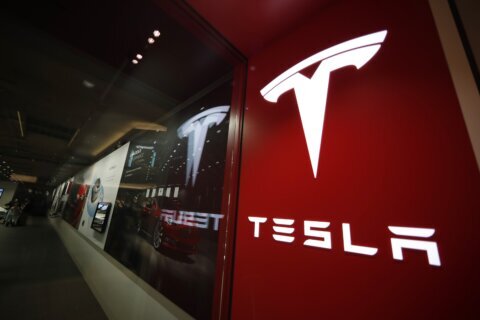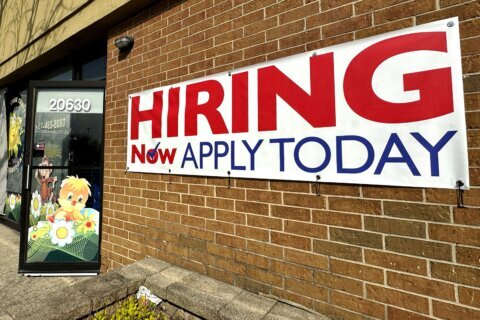Like an army of robots poised to overtake our humble planet, the technology sector has mushroomed to the point where any startup with a funky new product conjures images of the next Alphabet (ticker: GOOG).
But not so fast, says Jeff Socha, senior advisor and founding partner of Austin, Texas-based Ark Financial Group.
“We want to avoid startups where risk is inherent and volatility is increased,” Socha says. “The tech sector continues to evolve and right now when you have a hot new stock it usually consists of new technology — but the risk of whether that technology is going to stick and become a staple is the risk to avoid.”
So where does the smart investor start in sorting out the e-winners from the losers.com? Here we take a look at seven high-tech stocks that look to stay hot in 2016, or show promise of catching fire after a sluggish 2015.
Adobe Systems (ADBE). It seems Adobe is everywhere you look in the realm of digital creativity, from its wildly popular Photoshop (now a verb synonymous with photo retouching) to the creative cloud-based services that produced the thrilling high-resolution images projected on the United Nations building in September. Adobe is up close to 30 percent in 2015, “and while that doesn’t guarantee that it will perform similarly in 2016, industry analysts find it very likely that this tech stock will carry its momentum into the new year,” says Steve Berg, chief financial officer of O.penVAPE.
Apple (AAPL). Attention all you Apple acolytes with Steve Jobs tattoos on their biceps: This is not so much the no-brainer as you might think. AAPL stock is — get ready to spit out your coffee — down 2 percent for 2015. Yet Apple remains a huge part of institutional portfolios that favor a buy-and-hold strategy. What’s more, Apple has cash reserves of historic proportions, passing the $200 billion mark this summer, making it the first company in history to cross that threshold. “Apple is a gadget company and they’re really good at coming out with products, at marketing those products and expanding into untapped markets like China and the Pacific Rim,” says Jay Sukits, a professor at the University of Pittsburgh’s Katz Graduate School of Business. “They also have a cult-like following, and Apple users will not use any other type of technology.”
Intel Corp. (INTC). Though flat for the year, the mammoth chipmaker has rebounded nicely since September, up 24 percent. As for what lies ahead, that recent traction has a good chance of sticking. “This is evidenced by Apple highlighting the use of an Intel processor in one of its recent MacBook upgrades,” says Kim Forrest, vice president and senior analyst at Fort Pitt Capital in Pittsburgh. And that could lead to more great news, as Intel now has a reported 1,000-plus workers producing modem chips for a 2016 iPhone release. If their effort succeeds, Intel could oust Qualcomm (QCOM) as the maker of those chips, or at least take a nice chunk of Qualcomm’s market share.
Avago Technologies (AVGO). Based in Singapore, Avago is a mixed-signal semiconductor company, which means it can combine analog and digital functions in a single chip. But there’s nothing mixed about the signals it’s sending to market watchers — AVGO stock is up 50 percent for the year. “CEO Hock Tan has a proven track record of operational excellence and increasing shareholder value,” says J.P. Scandalios, vice president, research analyst and portfolio manager for the Franklin Equity Group in San Mateo, California.
Fitbit (FIT). As the wearable tech sector continues to mature, Fitbit enjoys two distinctions. First, it got into the game well before anyone, in 2007; and second, its pantheon of products, which track data including steps walked, sleep quality and heart rate, helped the company go public in June. While its stock price has been flat overall after a summertime spike, Fitbit controls almost a quarter of the wearable tech market. “Fitbit is offering wearables of all shapes and sizes, again going for attracting anyone, and not having just one wearable to offer,” says Joel Evans, vice president of mobile enablement at Mobiquity.
Facebook (FB). Up 33 percent for the year, FB stock has benefited from some smart acquisitions, including the highly popular photo-sharing service Instagram, which draws 400 million monthly users. The social media giant could also get a big revenue boost once Oculus, its virtual reality headset company, launches the Rift in early 2016. “The company will do very well for the next 12 to 18 months,” says Max Wolff, chief economist for Manhattan Venture Partners. “However, it is priced for perfection, and we are entering a risk off market. So Facebook has two paths forward: Either increase users or increase revenue from users. The second is the only real choice.”
Netflix (NFLX). Stock prices for the on-demand streaming service have actually cooled off recently, down about 9 percent since August. Blame it on disappointing third quarter report, where U.S. subscriber growth fell short of projections: 880,000 compared to a projected 1.15 million. But prior to that, Netflix was the top performer in the Standard & Poor’s 500 this year, enjoyed a 7-for-1 stock split, and is still up more than 130 percent for all of 2015. And Netflix continues aggressive global expansion, with recent launches in Spain, Italy and Portugal. Here at home, the user base only promises to expand as more cable TV users “cut the cord.”
More from U.S. News
13 Stocks to Buy to Bet on China
11 Tips for Investors in Their 30s and 40s
10 Healthy Health Care Stocks to Buy Now
7 Hot and Promising Technology Stocks for 2016 originally appeared on usnews.com







